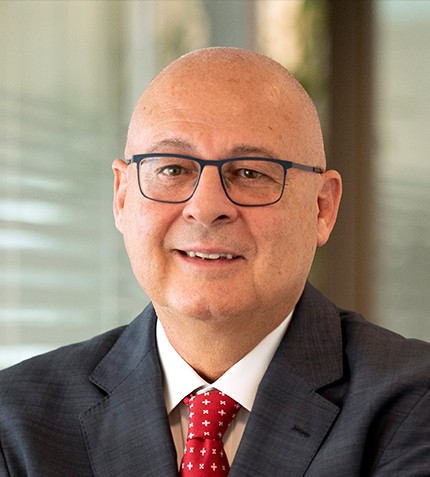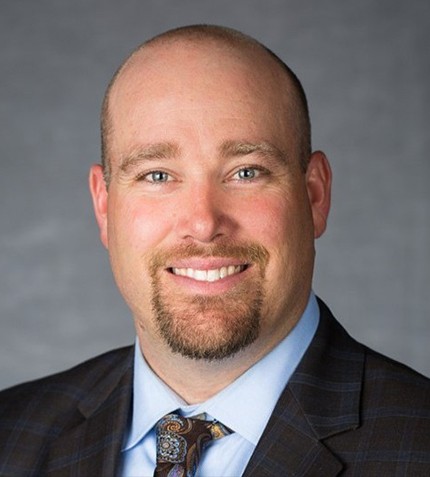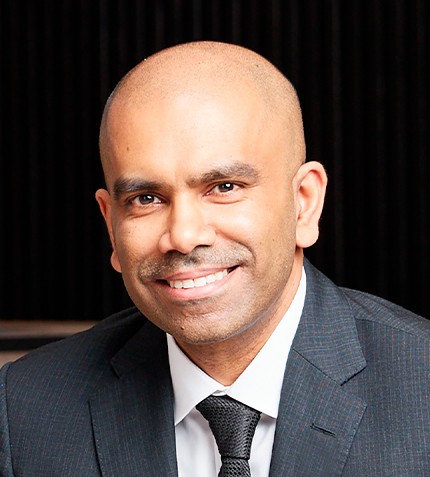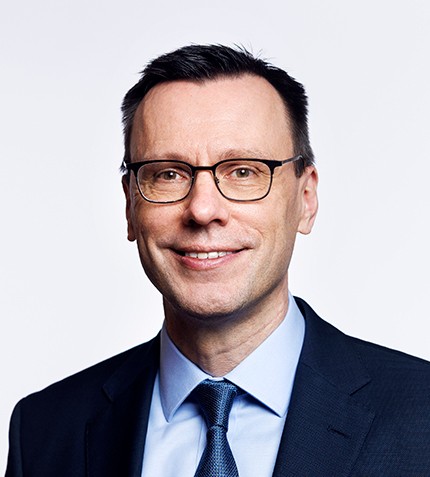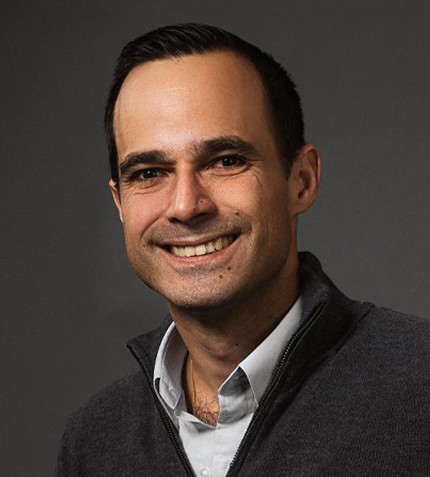
“With robust economics, Marban has shown itself to be a profitable standalone project.”
Jose Vizquerra
CEO, O3 MINING
What progress has been made at O3 Mining’s Marban property over the past year?
O3 Mining completed a pre-feasibility study (PFS) in early September 2022 and has been working towards the completion of a Definitive Feasibility Study (DFS) set to be released in Q3 2023. Since we published the PEA in 2022, we have released an updated resource estimate now having 2.3 million oz Au in the measured and indicated category. We have also conducted metallurgical test work, which has increased the gold recovery in the Marban Pit. With robust economics, Marban has shown itself to be a profitable standalone project. Using a long-term gold price of US$1,700 oz, the project has a post-tax unlevered IRR of 23.2% well above the 15% IRR investment threshold used by many larger gold miners, and a post-tax NPV of C$463 million, as well as an NPV/CAPEX ratio of 1.1x, with an all-in-sustaining cost (AISC) of US$882 oz. This is a key achievement in an inflationary environment. The project has also an improved production profile of over 160,000 oz/y Au, for an approximately 10-year life of mine compared with our 2020 PEA. Ultimately, we aim to be in production by 2026.
Do you see potential for Marban and Alpha to go underground?
There is no shortage of underground potential at the Marban project, where nearby mines including Goldex, Kiena, Lamaque, and LaRonde all have underground deposits descending up to three kilometers. Currently, drilling at Marban has only gone 500 m below the surface but we are confident there is potential for Marban to go underground. That said, we are conscious of capital allocation and want to focus our exploration on near-surface targets that can positively impact the NPV of the Marban project in the first 10 years of production, and anything underground would likely occur 10 to 20 years down the line. Our Alpha project also holds the potential to go underground.
How is O3 Mining able to maintain low capital expenditure in relation to similar gold projects?
Being in Val-d'Or holds many advantages; not only has the district produced over 30 million oz Au, but it also provides the company access to key infrastructure including roads, railroads, hydropower, and manpower. We have the privilege to be developing Marban in a jurisdiction that has a green-powered grid with 99.6% renewable power and that has a strong carbon policy. Compared to other jurisdictions developing gold mines, carbon intensity is one of the lowest in the world.
What led to the company’s decision to sell its East Cadillac property in exchange for shares of Cartier Resources?
We saw a strategic opportunity in reallocating components of our portfolio to maximize value. We had previously sold the Garrison project to Moneta Gold forming the very robust Tower Gold project. Most recently, we exchanged the East Cadillac Property for 17% of Cartier Resources, a company that has around 2 million oz Au in one single ore shoot. With our tenements, they will be able to explore systematically to increase the resources of the project. If they do that on a US$1 per share basis, we will see a positive impact.
What is O3 Mining’s approach towards ESG-related topics?
Within the mining industry, ESG has become a talking point for many companies without concrete actions. O3 Mining takes ESG seriously and prides itself on having taken a proactive approach to our ESG initiatives. We were one of the first companies to achieve the ECOLOGO Certification for Mineral Exploration, which is a third-party verification in Québec awarded to companies for their environmental, social, and governance practices.
On the social front of ESG, we have taken a proactive approach in initiating dialogue and consulting key stakeholders as we value their participation in the development of our projects. We value and respect our host communities; in fact, I have learned French so I can give presentations and we can initiate dialogue in their primary language. Additionally, O3 Mining believes in providing equal opportunities. We are proud to have a workforce of which 39% are women. We also have two women on our Board of Directors, and we are working to increase our board diversity.




